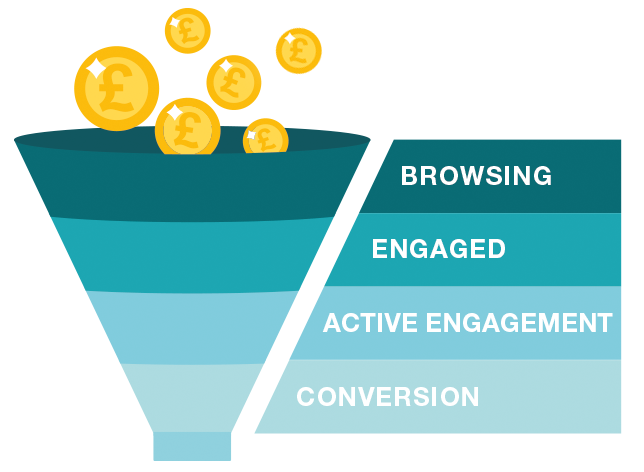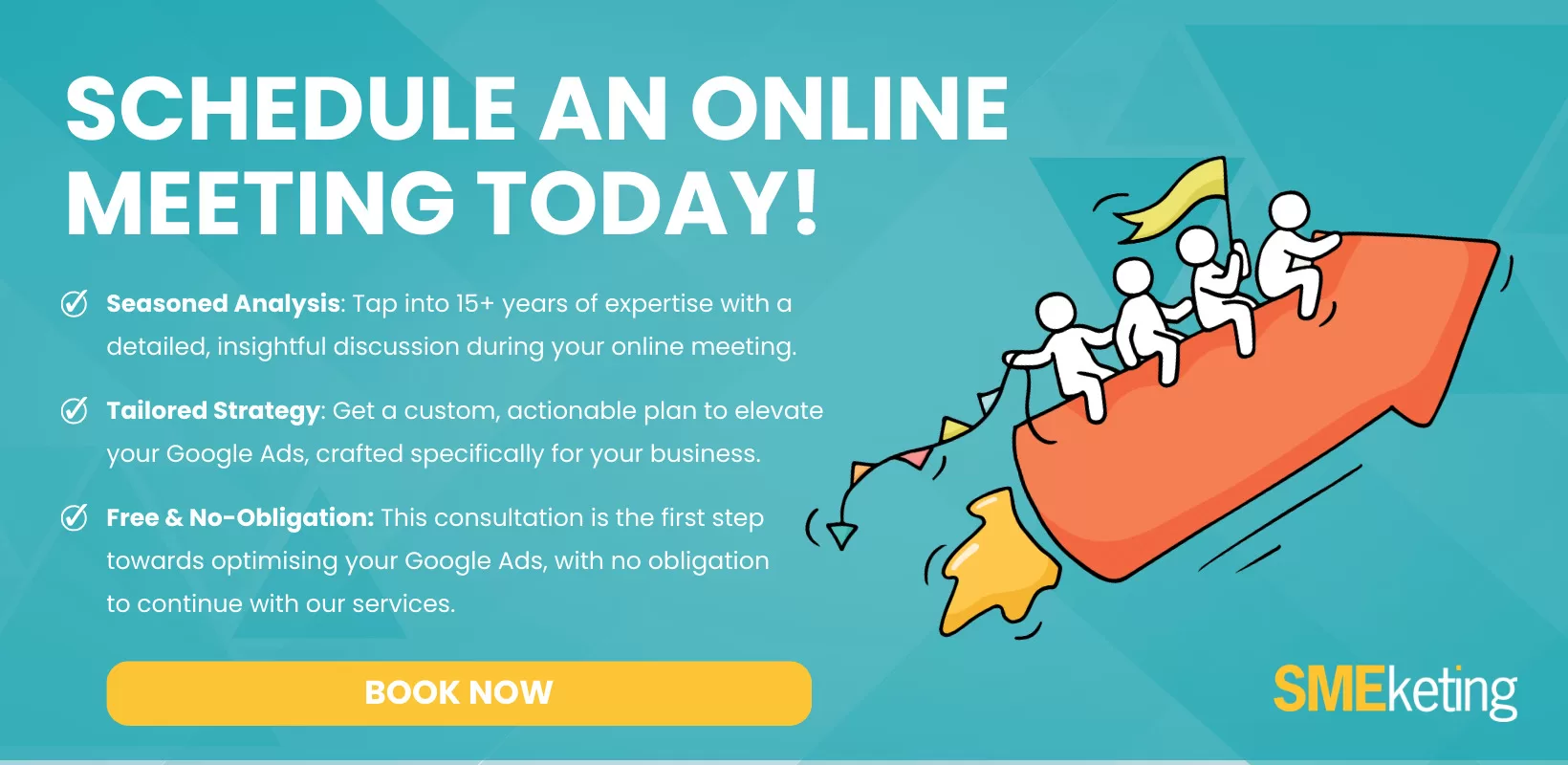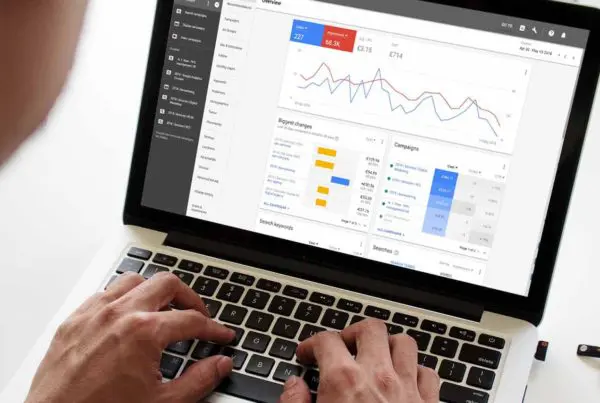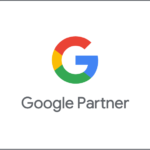Wouldn’t it be amazing if customers bought your product or services on their first visit to your site? Unfortunately, that’s not the case. In fact, 98% of the site visitors leave without buying anything on their first visit. It takes, on average, around 5 to 8 touch points to convince a person to part with their cash.
That’s why marketing strategies focused solely on attracting new clients rarely have the best ROI. The better option is a comprehensive marketing funnel: introducing the product or service and then remarketing to the same group of customers to ensure the highest number of sales.
In short: running a single ad won’t work.
You need a Google Ads remarketing strategy that keeps your product or service fresh in your customers’ minds. You need to think about the customer journey, tailoring your ads to the stage they’re at in the funnel.
We’re going to explore five advanced Google Ads remarketing strategies to help you succeed. Whether it be determining the most lucrative group of customers or segmenting your audience, these tips will raise your remarketing campaigns to the next level.
1. Consider a sequential remarketing strategy
Think about your remarketing strategy as a sequence of events. First, you introduce the product; second, you continue to market your product, perhaps using content marketing to further explain your product’s value. Finally, you land the sale.
We call this progression from introduction to conversion the “funnel.”
Depending on your product or service, this “funnel” or “lifecycle” can last a single day for low-cost products or greater than 30 days for a complex, expensive item.
In Google Analytics, you can see the data under Conversions > Multi-Channel Funnels > Time Lag. You’ll be able to see when users typically convert after their first interaction. Use these data to develop a sequential remarketing strategy.
For example, if your average time lag was 14 days, then you could develop 3 or 4 ads to use in that time.
- 1st ad: Introduce your brand and product/service
- 2nd ad: Showcase customer reviews
- 3rd ad: Promote a customer offer
This approach helps funnel customers into a final sale – without the hard sell. It’s a smart and effective Google Ads remarketing strategy.
2. Create specific campaigns for high-value customers
Remarketing strategies work to increase the average value of all customers. However, when we break down your overall audience, some customers are more high-value than others. Two groups, in particular, should form the bedrock of your remarketing strategies: people who abandoned a cart and existing customers.
Let’s go through each one.
There are countless reasons why people may abandon a cart: unexpected circumstances, price shock, wanting to consider their order further. Through some well-placed ads, however, you can convert that confusion into a sale.
You can track which products people add to their carts using event tracking in Google Analytics. Harnessing this information, you can create specific remarketing campaigns targeted to those products. You can even add some kind of offer to sweeten the deal – dampening the effect of price shock.
Existing customers, on the other hand, are one of the most valuable assets a business has. According to Forrester Research, acquiring a new customer costs five times more than keeping your existing ones. Email marketing campaigns are an excellent way to remarket your product or services to your existing clientele. For example, sending updates on new products, a special holiday offer, or a personalised email on their birthday can all spark future sales.
That being said, setting a routine ad placement – say, every 30 or 60 days – can also keep your brand in their mind.
3. Segment your remarketing audience
Not all visitors to your site are the same. Some will be keen to purchase your product at a later date; others are just browsing during their lunch break. Segmenting this audience will help you differentiate between levels of purchase intent.
You want to market differently to those who rapidly exit your site compared to those who spend a few minutes browsing every page.
Here are some types of visitors and how to market to them:
- U-turners leave the site within seconds of arriving. You may choose to ignore this audience as their overall value is low.
- Quitters start filling out a form or another activity but leave before completion. Clickers, meanwhile, click on a CTA but also leave before the final conversion. In both cases, you’ll want to focus on the product or service, explaining why they should buy.
- Browsers and Scrollers spend significant time on your site: the former visiting multiple pages, the latter solely on the landing page. Focus on your product or service for scrollers while exploring your brand further for people who browsed your site.
4. Target similar audiences
The downside of most remarketing strategies is that you increase the value of existing visitors, but you don’t generate further brand awareness. That’s where Google’s Similar Audiences come in.
This tool analyses the search behaviour of the people on your remarketing lists and then shows ads to people with similar search behaviour. For example, if your remarketing group is interested in mountain bikes, then your ad will appear for other people searching for mountain bike-related terms.
5. Optimise your remarketing ads
Determining who to show your ad to is only half the battle; the ad itself must be high quality. Use A/B variant testing to optimise your ads, trying out different colours, calls to action, pictures, and more. Better still, consider when you show your ad. Selecting a certain time of day – e.g., when they arrive at work – can increase the likelihood of a conversion.
Mastering these advanced Google Ads remarketing strategies can take time. However, the increase in your ROI and the lifetime value of each customer is worth it. For more information about remarketing campaigns, please get in touch – we’re ready to help.
If you found this article useful, you might want to check out the below article as well:
- How to Do Keyword Research for Google Ads - January 15, 2024
- A Comprehensive Guide to Google Ads for B2C Businesses - January 8, 2024
- How to Write Calls to Action (CTAs) for Google Ads - December 25, 2023










